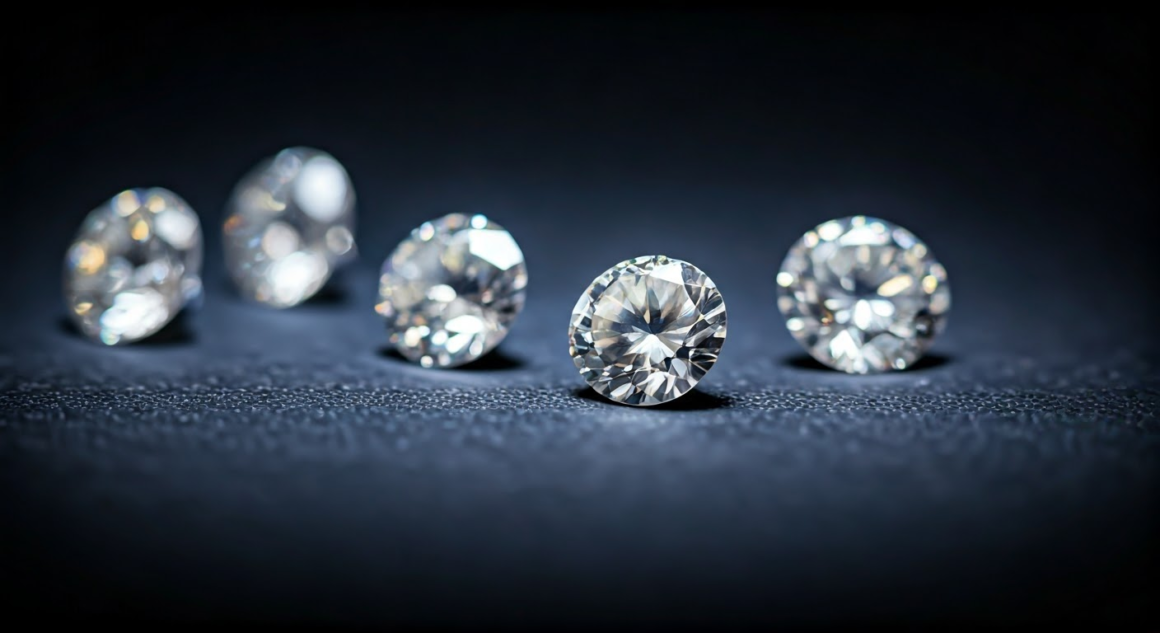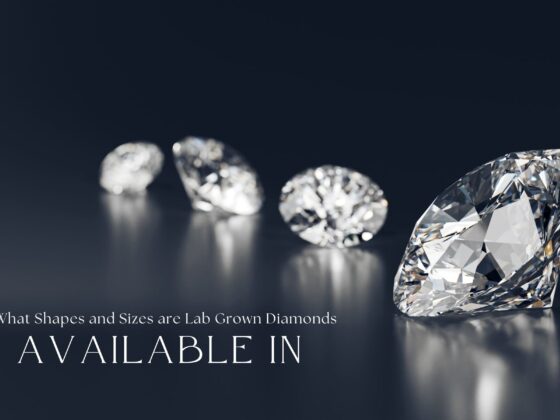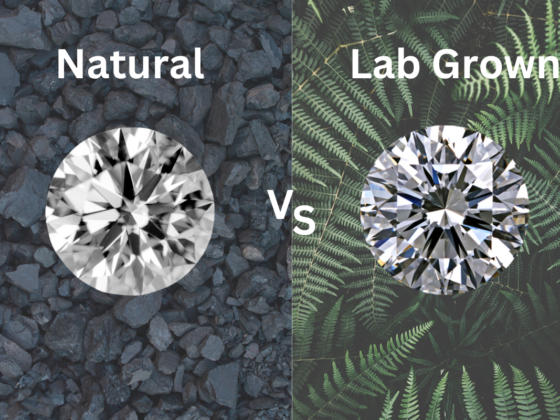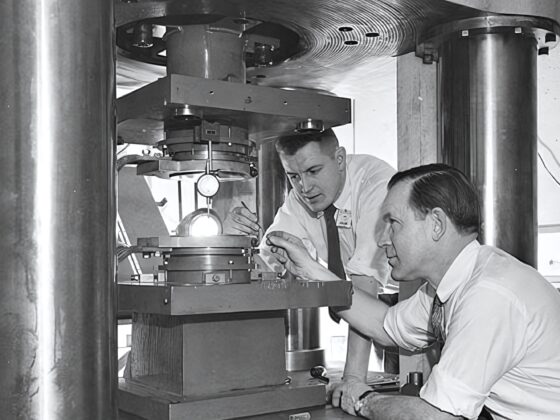Key Highlights
- Lab-grown diamonds, including HPHT and CVD diamonds, are becoming increasingly popular in Australia.
- Both HPHT and CVD diamonds are considered “real” diamonds, as they share the same chemical, physical, and optical properties as mined diamonds.
- HPHT diamonds are created by mimicking the high-pressure, high-temperature conditions where natural diamonds are formed.
- CVD diamonds are grown in a chamber filled with carbon-rich gases, layer by layer, using a diamond seed.
- While both methods produce high-quality diamonds, there are subtle differences in their growth patterns and potential inclusions.
- When choosing between HPHT and CVD diamonds, consider your budget, desired colour and clarity, and ethical preferences.
Introduction
In the world of fine jewellery, lab-grown diamonds, or synthetic diamonds, are becoming a popular option instead of natural diamonds. These beautiful stones are just like mined diamonds in every way, except for how they are made. They have become very popular in the Australian market. But what are lab-grown diamonds? What is the difference between their two main types: HPHT and CVD?
The Rise of Lab-Grown Diamonds
In recent years, lab-grown diamonds have become very popular in Australia. There are several reasons for this rise. More people now understand the ethical and environmental issues related to mined diamonds.
Also, lab-grown diamonds cost much less than natural diamonds. This makes them a great choice for people who want to save money but still want high quality and shine.
What Are Lab-Grown Diamonds?
Lab-grown diamonds are real diamonds, not fake ones like cubic zirconia. They are made in labs that recreate the same high-pressure and high-temperature conditions found deep inside the Earth, where natural diamonds take millions of years to form.
These diamonds have the same chemical makeup and physical properties and look like mined diamonds. Because of this, you can’t easily tell them apart with the naked eye. The main difference is where they come from.
Why They’re Gaining Popularity
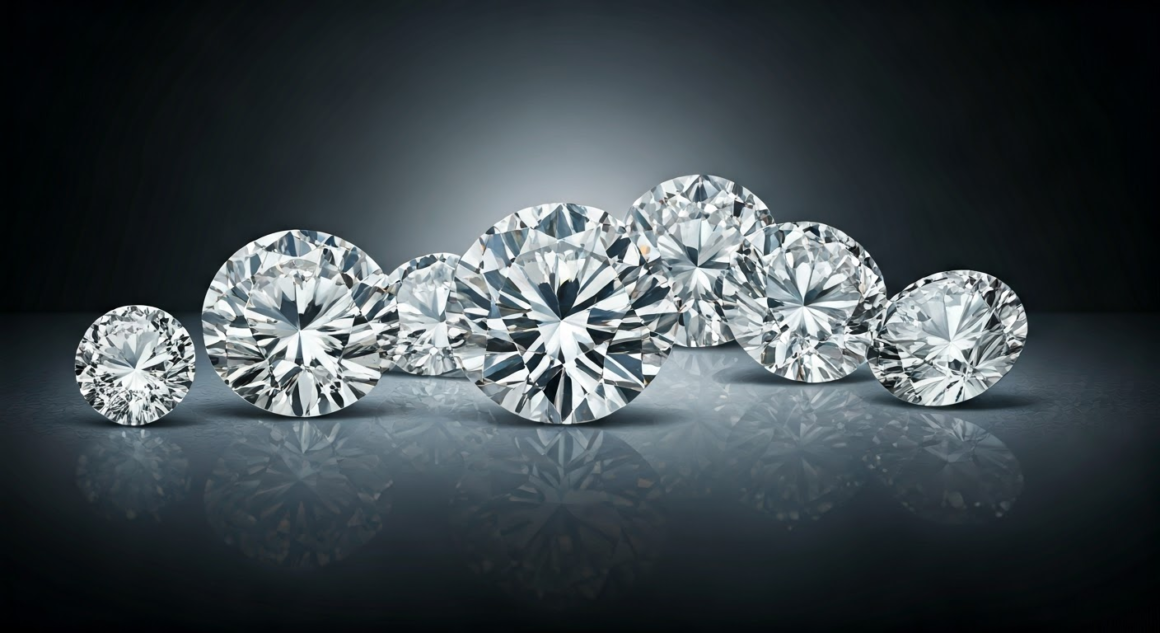
Lab-grown diamonds are becoming very popular for several reasons. First, they cost much less than mined diamonds. This makes them an affordable Luxury for more people. This is especially nice for engagement rings, where size and quality matter a lot.
Second, many buyers like that lab-grown diamonds are ethical and eco-friendly. Making these diamonds does not harm the environment or involve unfair work conditions like diamond mining often does.
Finally, the media has helped people learn more about lab-grown diamonds. They show these diamonds as a modern and responsible choice that looks just as good as traditional ones for people who love jewellery.
Exploring HPHT Diamonds
One popular way to grow diamonds in a lab is the High-Pressure/High-Temperature (HPHT) method. This method copies the natural conditions that form diamonds deep in the Earth.
In this process, a small diamond seed crystal is put under a lot of pressure and heat. This simulates the environment found in Earth’s mantle.
The HPHT Process Explained
The HPHT process starts with a small diamond seed crystal placed in a growth chamber. This chamber also contains a source of carbon. Then, the chamber is exposed to high pressure. This pressure is about 5 GPa, which equals around 725,000 pounds per square inch. At the same time, the temperature rises to about 1500 degrees Celsius or 2732 degrees Fahrenheit.
Under these tough conditions, carbon atoms connect to the diamond seed. This helps the diamond crystal to grow slowly over several weeks.
Like the natural formation of diamonds, the HPHT method creates diamonds that usually have a cuboctahedron crystal structure.
Characteristics of HPHT Diamonds
HPHT diamonds usually show great colour and clarity. The high pressure and high temperatures in their growth process often remove impurities. This makes HPHT diamonds more colourless and flawless than some CVD diamonds.
But, you should know that HPHT diamonds might have tiny metallic inclusions from the growth chamber. These inclusions are often hard to see with the naked eye. They do not affect the diamond’s shine or strength.
Delving into CVD Diamonds
When looking at CVD diamonds, it’s important to know how the chemical vapour deposition process works. CVD diamonds grow slowly, layer by layer, from carbon atoms. This is different from HPHT diamonds, which form under high pressure. The CVD method creates diamonds with fewer inclusions and unique growth patterns. These features can improve the clarity and structure of the diamond. The CVD process makes it possible to create high-quality diamonds at a lower price point. This is why many people choose lab-grown diamonds that are both beautiful and affordable.
How CVD Diamonds Are Created
In the CVD process, a diamond seed goes into a sealed chamber. This chamber is filled with carbon-rich gases, mostly methane. Then, the chamber gets very hot, reaching about 800 degrees Celsius (1472 degrees Fahrenheit).
A microwave beam is used to ionize these gases. This creates plasma that breaks apart the molecular bonds. As a result, individual carbon atoms are released. These carbon atoms then stick to the diamond seed, layer by layer, and slowly form the diamond crystal.
The CVD method allows for more control over how the diamond grows than HPHT. This often leads to diamonds with fewer internal flaws.
Identifying Features of CVD Diamonds
CVD diamonds are famous for their clear look. They usually have fewer spots than HPHT diamonds. This is because the CVD process happens in a controlled setting. This limits the chance of impurities getting stuck in the diamond crystal.
If you look closely, you can see small differences in how they grow. CVD diamonds have one main growth direction. This makes their crystal structure cubic, while HPHT diamonds may look different.
Comparing CVD and HPHT Diamonds
While both CVD and HPHT methods make real diamonds, knowing the differences can help you choose a lab-grown diamond for your next jewellery piece.
Let’s look at the main differences between HPHT and CVD diamonds.
Key Differences in Production
The main difference between HPHT and CVD diamonds is how they are made. HPHT diamonds are formed by copying the extreme heat and pressure of the Earth’s mantle. In contrast, CVD diamonds are made in a chamber that has carbon-rich gases.
The HPHT process uses a lot of energy because it needs very high heat and pressure to create diamonds. The CVD method also requires high temperatures but focuses more on using a careful mix of gases and a microwave beam.
Aesthetic and Structural Variances
While HPHT and CVD diamonds look similar, there are subtle differences in how they grow. These differences can cause changes in their crystal structures and how they interact with light.
HPHT diamonds form under high pressure. This process can create internal stress patterns. These patterns are often not visible to the naked eye, but they can affect how the diamond handles light. On the other hand, CVD diamonds grow in a more controlled gas environment. This usually means they have lower internal stress. As a result, they may have slightly better clarity grades.
Conclusion
In conclusion, it’s important to know the difference between CVD and HPHT lab diamonds. This helps you make a smart choice when shopping for diamonds. Lab-grown diamonds are changing the market because they use eco-friendly and ethical ways to make them. HPHT diamonds are made with a high-pressure and high-temperature process. On the other hand, CVD diamonds are created through chemical vapour deposition.
Each type has special features that suit different tastes. When you look at how they are made and their physical traits, you can find the perfect diamond for you. Choosing lab-grown diamonds is not only a more affordable choice, but it also helps our planet. If you are thinking about getting lab-grown diamonds, make sure to check their authenticity from trusted sources and enjoy these beautiful, sustainable gems.
FAQs
Can CVD or HPHT Diamonds be Considered Real Diamonds?
Yes, CVD and HPHT diamonds are both “real” diamonds. They have the same chemical makeup, and crystal structure, and look like diamonds made in nature. The only difference is where they come from: one is made in a lab, while the other forms deep in the Earth.
How Do I Choose Between CVD and HPHT Diamonds?
Choosing between CVD and HPHT diamonds depends on what you value most. If you care about small differences in how they look, it’s good to know about their different growth patterns and how this can affect how a diamond appears. It’s also very important to select a trusted jeweller who can give you clear and honest information about diamonds.
Are There Price Differences Between CVD and HPHT Diamonds in Australia?
There can be small price differences between CVD and HPHT diamonds in Australia. However, these differences are usually not very big. The price of a diamond usually depends more on its size, colour, and clarity, instead of only the way it was grown.
How Can I Verify the Authenticity of a Lab-Grown Diamond?
It is a good idea to buy lab-grown diamonds from a well-known jeweller. Make sure the diamonds come with a grading report from a trusted gem laboratory like the Gemological Institute of America (GIA) or the International Gemological Institute (IGI). These reports give a fair evaluation of the diamond’s quality and verify that it is a real lab-grown diamond.
What Are the Environmental Benefits of Choosing Lab-Grown Diamonds?
Choosing lab-grown diamonds instead of mined diamonds has many benefits for the environment. Lab-grown diamonds use less energy to make. They also do not cause land damage or harm habitats like mining does. Moreover, they have a smaller carbon footprint. This makes them a better option for people who care about the environment.
